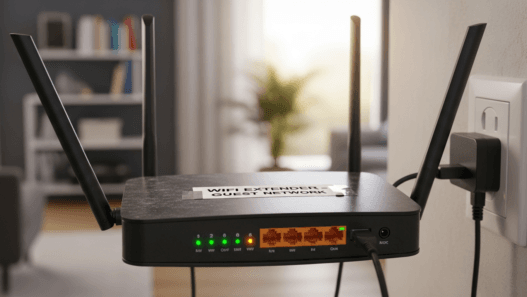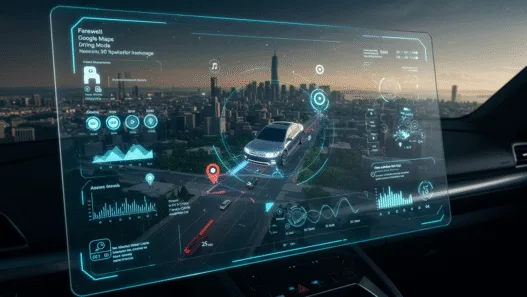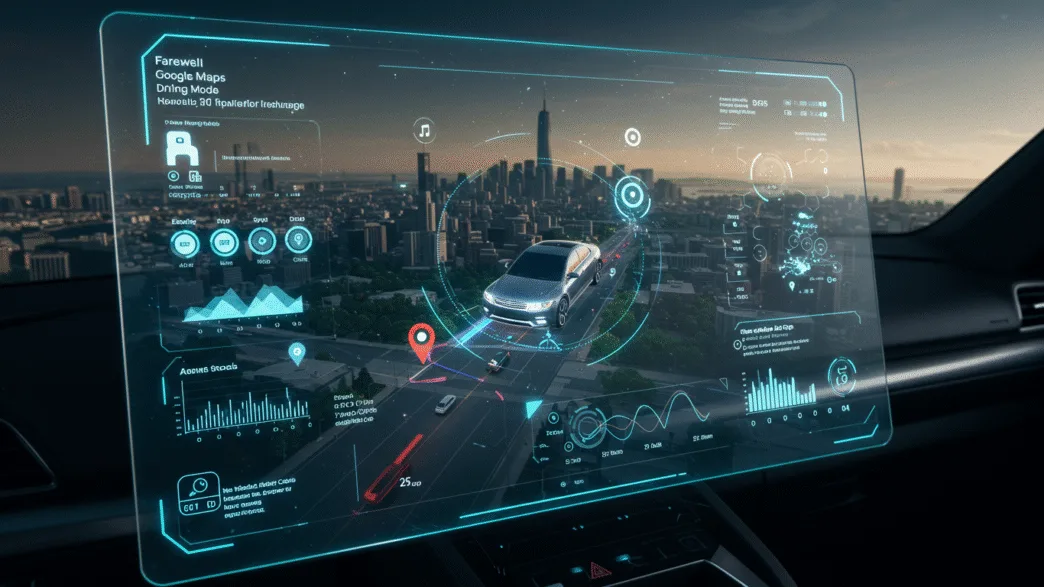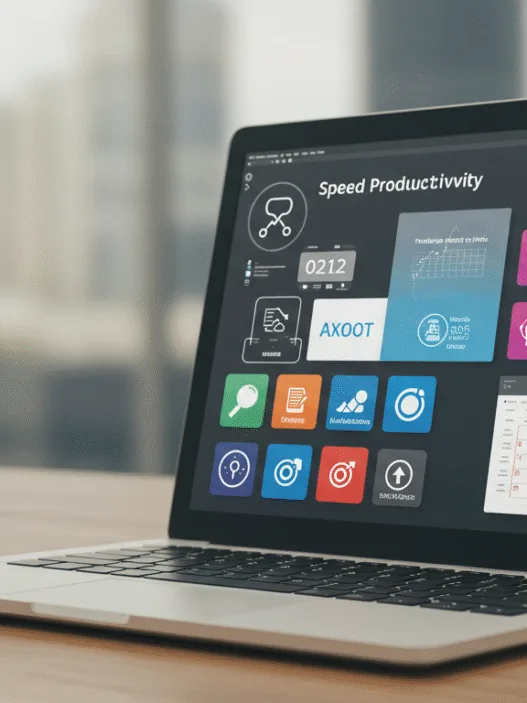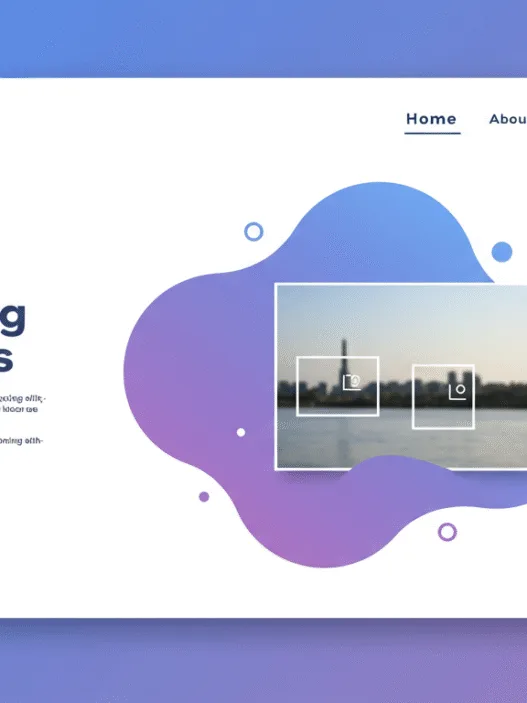Embracing Google’s Navigation Transformation
Less than a couple of years ago, Google introduced a groundbreaking feature within Google Maps: the driving mode. This transformative interface aimed to facilitate navigation for drivers reaching their destinations. Much like other unexpected moves by Google, the recent news regarding this functionality’s impending departure comes as a surprise.
The Evolution of Driving Mode
The driving mode garnered immense user appreciation for morphing the Google Maps interface into one tailored for driving. However, the sunset for this summer 2021 innovation is approaching swiftly, as Google gears up to eliminate this feature.
A Historic Shift
This mode’s impending removal will place it among the applications and services Google has phased out. Among the notable ones was Stadia, Google’s cloud gaming platform, whose discontinuation left the tech world astounded.
Insight from Google Maps App Version 14.52
Examining the APK file of version 14.52 of the Google app reveals two lines of code signaling the disappearance of the driving mode view in February 2024. Initially replacing the Assistant Driving Mode Dashboard, this mode showcased various elements like maps, media recommendations, audio controls, calls, and text messages.
Driving Mode’s Inception and Replacement
The driving mode supplanted the Android Auto app on mobile phones, which eventually vanished from the Google Play Store. Activation occurred upon setting a route, prompting a bottom bar with swift access to Assistant, Google Maps, and a launcher for podcasts, audiobooks, and streaming apps. This redesign aimed to optimize the interface for a comfortable driving experience.
An Upcoming Transformation
Come February 2024, this mode will make way for the Google Maps navigation mode operated through Google Assistant. Consequently, users will rely on voice commands for navigation. Notably, an update in June enhanced voice recognition speed, signaling Google’s commitment to this transition.
The Vision Behind the Change
As per insights from 9to5Google, the envisioned approach involves drivers using Google Maps on their mobile devices placed on the dashboard. Utilizing voice commands via Assistant will minimize screen interaction, mitigating distractions and allowing drivers to stay fully focused on the road.
This shift aligns with Google’s aim to enhance safety by reducing the need for manual screen engagement while driving, prioritizing a seamless voice-driven navigation experience through Google Maps.



